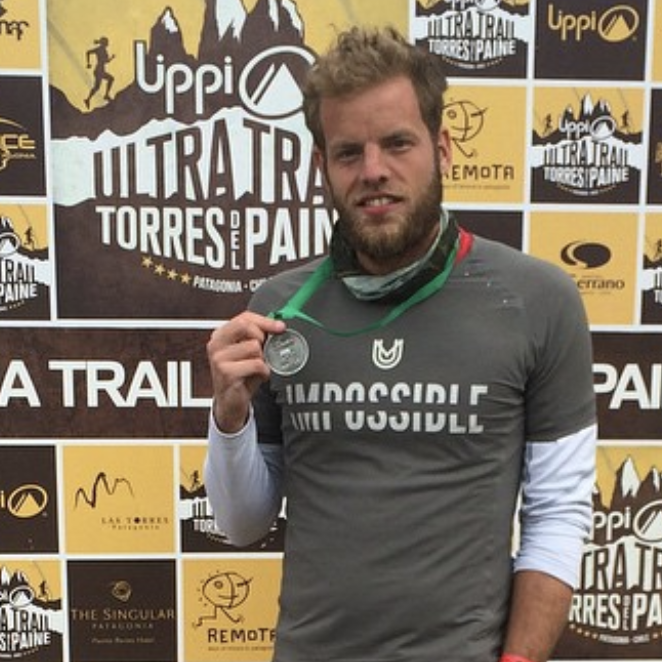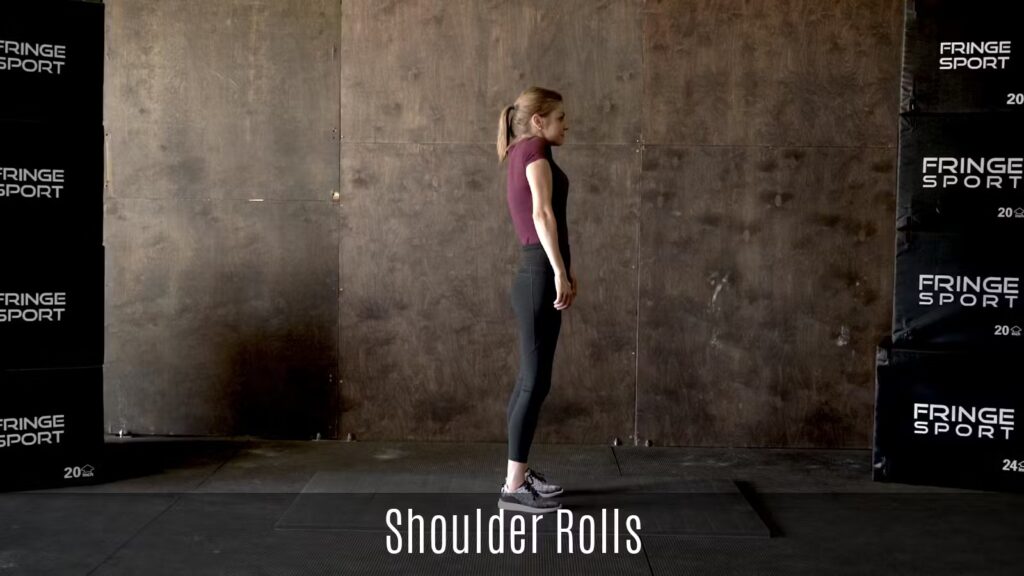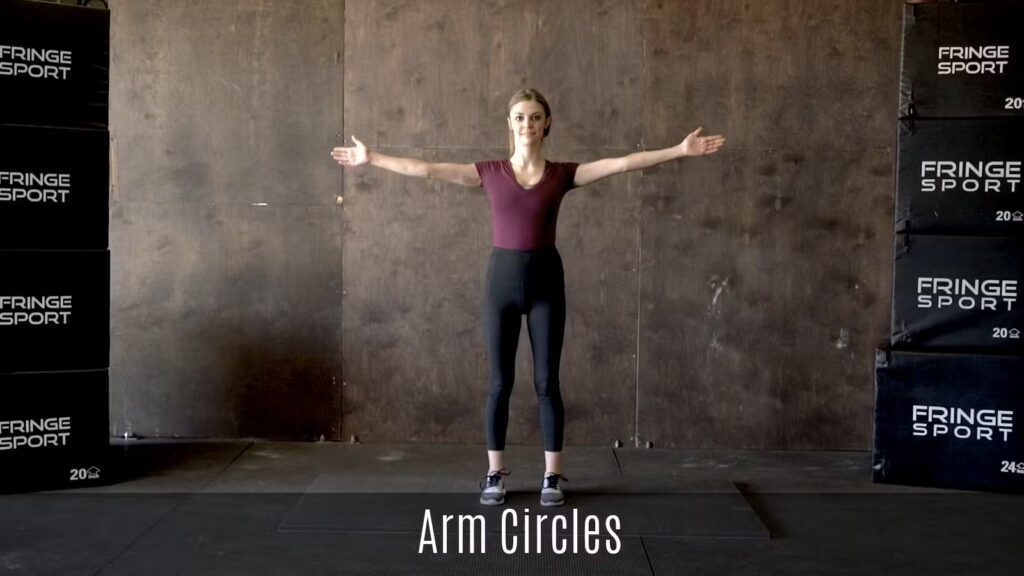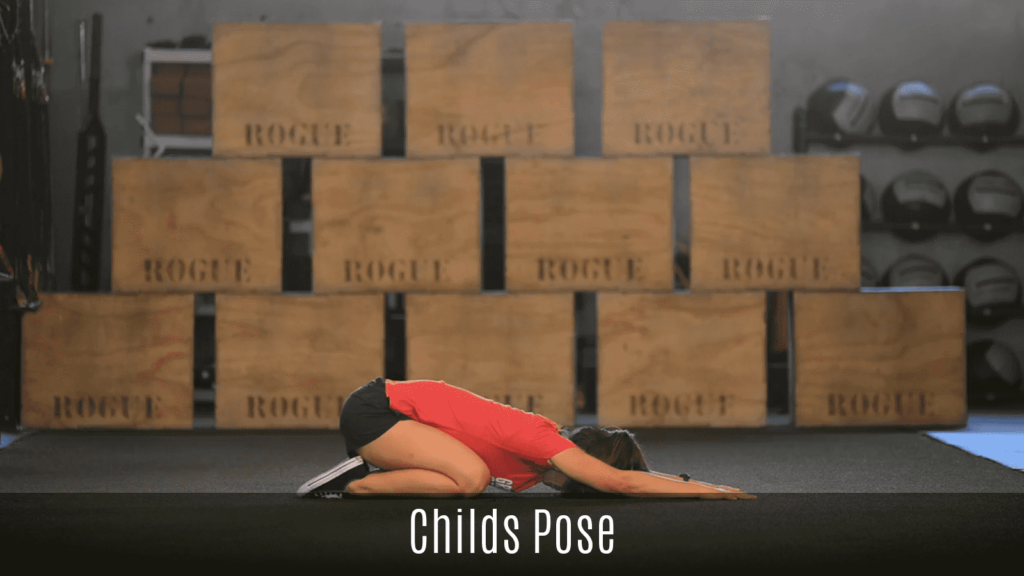Just like the high knees movement was a popular warm up exercise for sports teams and gym class, the standing butt kicks are right there with it. It’s almost universally agreed upon by athletes, coaches, and teachers alike – you can’t have the high knees without the butt kicks. And there’s good reason for this. Both movements require no equipment, can be done virtually anywhere, and are a great way to prime the lower body and get your blood pumping prior to a workout.
The beneficial aspect of standing butt kicks is that they can literally be performed at any ability level. No matter if you’re an elite athlete or a person who is just getting into a new exercise routine, butt kicks can be implemented safely and effecively into your warm up routine following a few guidelines.
In this article, we will cover the movement basics, the benefits of doing butt kicks, and variations and ways to modify the movement.
Benefits of Standing Butt Kicks
When it comes to movements and stretches, there are different categories. First up, there’s the static stretch. These are stretches that are passively held for a set amount of time before returning to the starting position. If you’ve been to a yoga class, you’re probably familiar with this type of stretch.
Another type of warm up exercsie is dynamic. Dynamic stretches or exercises incorporate movement in certain areas of the body to loosen up the muscles and increase blood flow to that area. The standing butt kick is an example of a dynamic movement. In this case, butt kicks target the lower body and help warm up the muscles in the region such as the quads, calves, glutes, and associated joints.
Butt kicks can be used as a warm-up, but they can also be incorporated into different types of workouts to increase cardiovascular endurance and overall strength. You might see them in bootcamp or HIIT-style workouts. They’re especially great to do when you don’t have access to a traditional gym or equipment as they only require your own bodyweight to perform.
Butt Kicks Explained
So, you’re probably curious how to perform butt kicks. Like previously stated, this exercise requires no special equipment – just some free space to move around and some sturdy shoes. Although, you could do this barefoot, if you prefer, we always recommend shoes as they will provide protection and a sturdy surface for your feet.
The movement itself is pretty self-explanatory. You alternate bringing your heels up towards your glute muscles – essentially kicking your butt. This requires the hamstring muscle to contract, and chances are you’ll feel a resulting stretch through the quadricep muscle and hip flexor.
Once one heel has made contact with the glute (or gotten as close as possible), return the foot to the floor and repeat on the opposite side. You can place both hands on your glute muscles as a “target” for your heel to hit. It’s important to remember to stay light on your feet while performing butt kicks. What that means is that you want to try to stay on the balls of your feet – instead of landing heavy on the heels or the entire foot. This will help you sync up with a rhythm, complete the movement quicker, and prevent any missteps.
If being performed as a warm up movement, we recommend setting a target about 25-50 meters in front of you. Jog this length bringing your heels towards your butt and alternating feet as you go. If you want to warm up your upper body as well, you can most certainly
pump your arms in tandem with the butt kicks to incorporate the arms and core muscles.
Butt Kicks Variations and Modifications
If this is a new movement for you, we recommend starting out slowly. Instead of jogging a certain length, try a few in place to get the rhythm of the movement. Practice this for a few rounds before increasing speed or distance. Because you’re essentially hopping from one foot to the other it requires a certain amount of balance and coordination. It might be a good idea to do these towards the end of your warm up routine so that your joints and muscles are primed for the dynamic nature of this stretch.
Once you’ve found a rhythm with the movement, you can alternate these with the high knees movement. You can even combine the two movements and do 30 seconds each back and forth as seen in this video. If you’re using this movement as part of a workout, choose a challenging amount of time to complete the movement or do it for a longer distance. Pair it with other bodyweight and plyometric movements to receive a full body workout. (And don’t forget to refuel properly with nutrient-dense foods after your workout!)
How to Perform Butt Kicks
Butt kicks are a great way to loosen up your legs while getting ready for a lower body workout, run or lift. Here’s how to do it.
- Stand up straight and put both hands behind your buttocks.
- Put a marker on the floor 25-50m away.
- Jog to the marker while kicking your feet up in an exaggerated manner.
- Your feet should hit your hands that are behind your back/butt.
- Repeat until you hit your marker or until you feel properly warmed up.
This is also paired well with the high knees warmup to make sure you’re properly warmed up as you start a dynamic workout.



